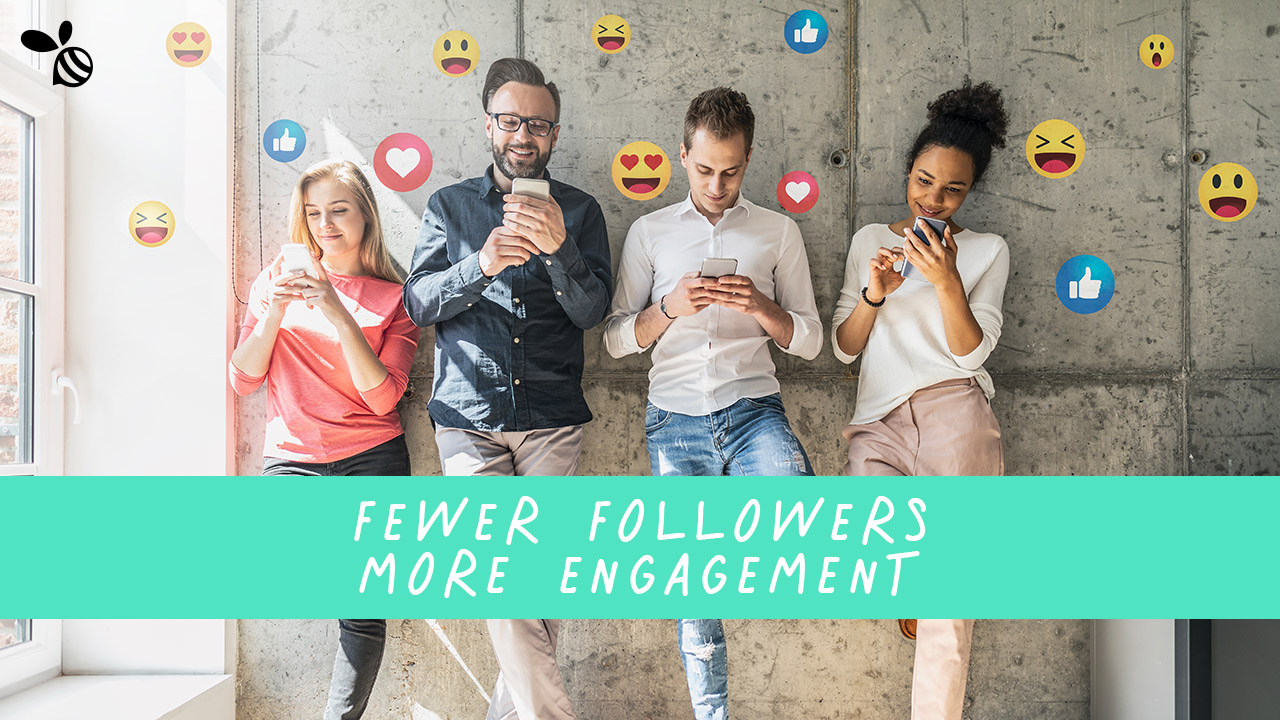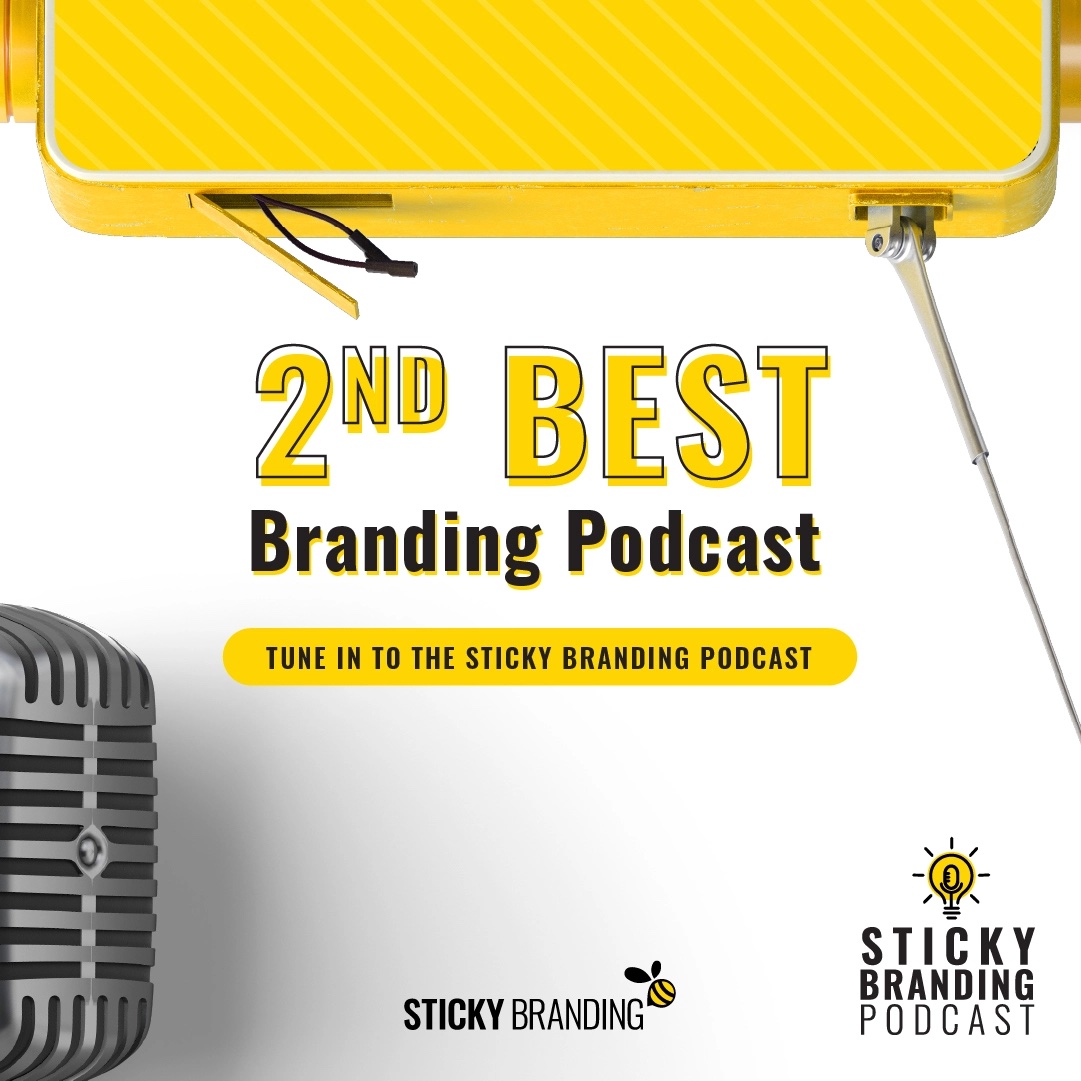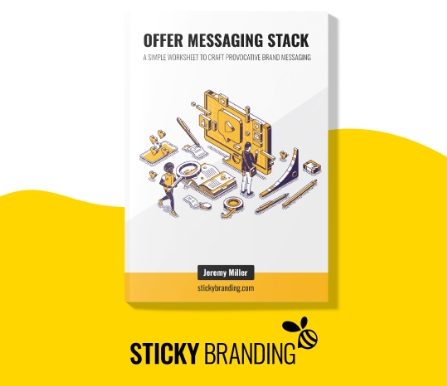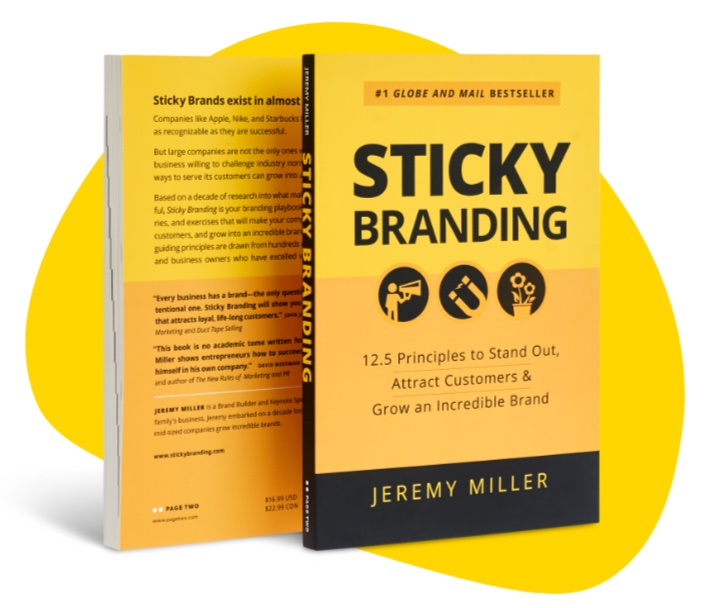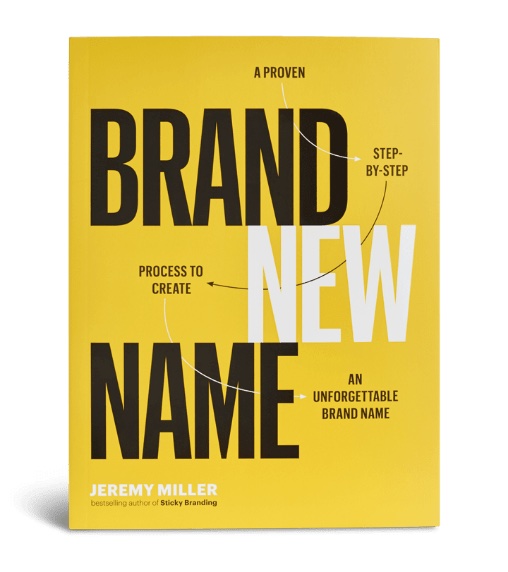How many followers do you have? It’s a common question, at least in social media marketing.
People throw little celebrations when they achieve 1,000 followers on Instagram, or get over 500 connections on LinkedIn. Size matters… right?
Gaining “followers” is one of the greatest myths constructed by social media companies. They taught us that having more followers matters.
It’s a brilliant deception. Caring about followers primarily serves the needs of Facebook, Twitter and the other social media giants. The more time and money you spend trying to attract people to their platforms, the more money they make!
Sure, the logic is the more people who follow your brand, the more likely you are to generate sales. Eyeballs equals leads, right? Not really!
We’re talking about fractions of fractions. According to Social Media Today, a Facebook Page’s organic reach is between 2% to 6.4%. If your brand has 1,000 followers, that means between 20 to 64 people see your updates on a regular basis. Twitter is worse! According to Sprout Social, brands see a median engagement rate of 0.048%. ????
Those numbers are terrible, and they’re only getting worse!
In 2020, my mantra is “Fewer followers, more engagement!” Focus on a smaller, more focused audience and really work to engage them.
Seth Godin writes in This Is Marketing, “The relentless pursuit of mass will make you boring, because mass means average, it means the center of the curve, it requires you to offend no one and satisfy everyone. It will lead to compromises and generalizations. Begin instead with the smallest viable market. What’s the minimum number of people you would need to influence to make it worth the effort?”
This is a question I can get behind. What’s the minimum number of people you need to engage to achieve your sales objectives?
A good place to start is with a basic assumption:
1,000 Fans
100 Prospects
10 Opportunities
Let’s break it down a bit further:
- What would it take to engage 1,000 people who truly care about your company and your products and services (1,000 true fans)?
- Of that group, can you generate 100 prospects (people who want and need your products and services)?
- If 10% of those prospects are buying in the next 90 days, can you generate 10 sales opportunities?
In a small business, that might be all you need to achieve your sales objectives this year. In a larger business, multiply the three numbers (fans, prospects and opportunities) by the number of salespeople on your team.
1,000 true fans per salesperson is not only an achievable number, it’s practical. It sets you up to ask better questions:
- How do we engage 1,000 true fans?
- How do we delight and build relationships with our true fans so they call us first when they’re ready to buy?
- How do we convert our fans into customers?
Better yet, forcing your brand to engage only a few people makes you far more choosy about who you actually engage.
Seth Godin writes, “If you were limited in scale, you’d focus your energy on the makeup of the market instead…. The smallest viable market is the focus that, ironically and delightfully, leads to your growth.”
He’s absolutely right! The myth of “followers” has led brands to waste countless hours and resources pursuing people that will never, ever become customers. Doesn’t that infuriate you? ????
In a world of fractions and diminishing returns, choose focus: fewer followers, more engagement.
1,000 Fans
100 Prospects
10 Opportunities
These are small, attainable numbers that can dramatically improve your marketing ROI, all the while making your brand unforgettable (for the people who matter).
